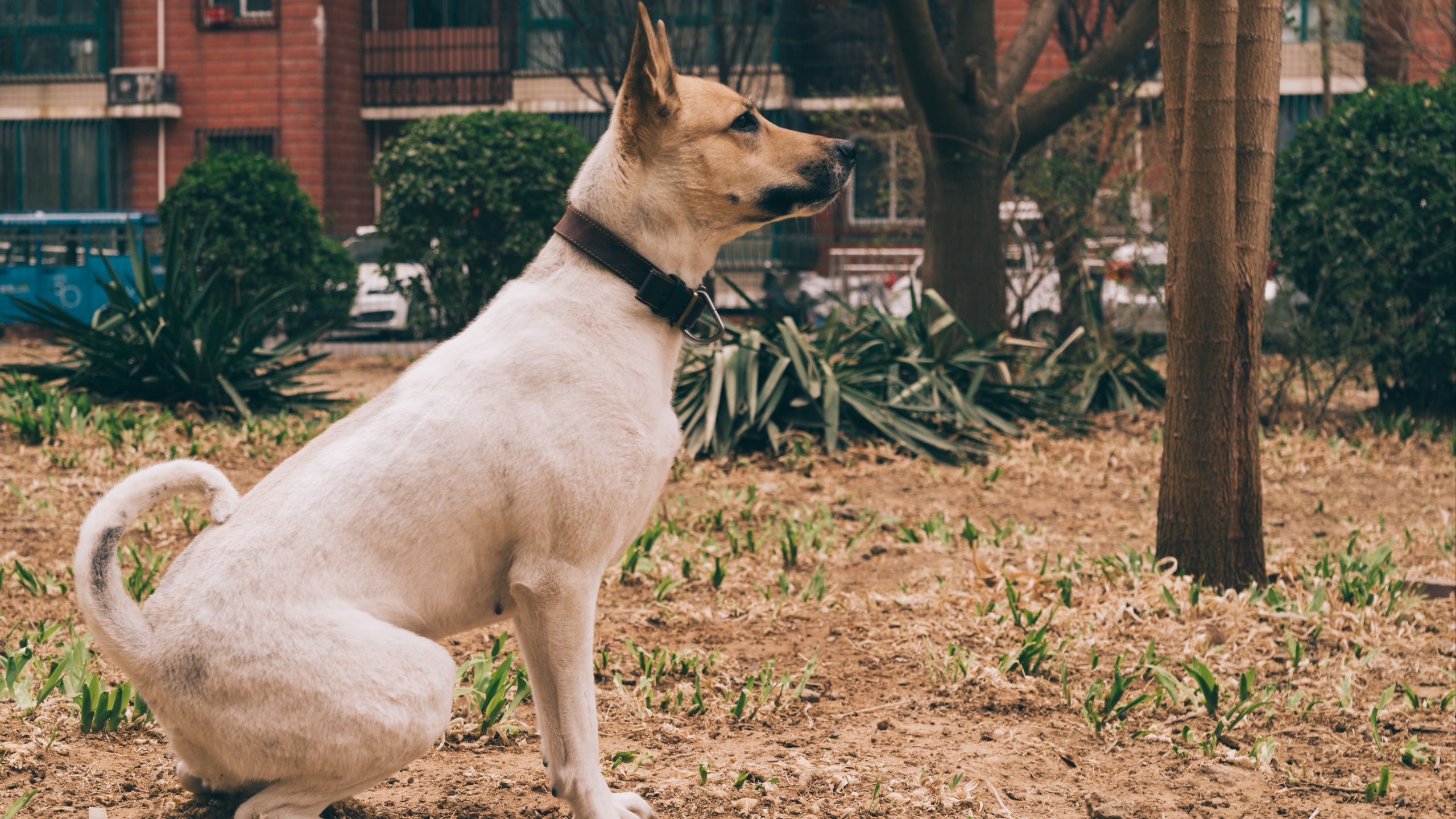Dog humping is a common yet often misunderstood behavior. While many assume it’s strictly sexual, humping can have multiple triggers, including excitement, stress, dominance, or even a way to seek attention. Some dogs may hump objects, people, or other dogs due to ingrained instincts or learned behaviors. Although it can be embarrassing for pet owners, it is important to address this behavior appropriately rather than punish it.

Reasons Dogs Hump Everything
- Sexual Behavior: Unneutered dogs may hump due to hormones, but neutered dogs can also display this behavior. It is often seen in puppies who are exploring their physical development.
- Excitement or Playfulness: Dogs sometimes hump during play or when overly stimulated. This is especially common in high-energy breeds or young dogs that have not learned impulse control.
- Stress or Anxiety: Some dogs use humping as a coping mechanism for stress or nervousness. This can happen when they are placed in unfamiliar environments or experiencing separation anxiety.
- Dominance Display: In some cases, humping can be a way to establish social hierarchy. However, dominance theory is often debated among experts, and humping may simply be a learned behavior rather than a dominance assertion.
- Medical Issues: Urinary tract infections, skin allergies, or other health concerns can cause excessive humping. If the behavior is sudden or persistent, consulting a veterinarian is crucial.
How to Stop Your Dog from Humping
- Distract and Redirect: Use toys, puzzles, or commands to shift their focus away from humping. Providing alternative behaviors helps prevent reinforcing the habit.
- Training and Commands: Teach basic commands like “leave it” or “stop” to curb the behavior. Consistent training and positive reinforcement are key.
- Neutering/Spaying: If the behavior is hormone-driven, spaying or neutering may help reduce it. However, it is not a guaranteed solution, as habits formed early may persist.
- Reduce Stress and Boredom: Ensure your dog has plenty of mental and physical stimulation through walks, interactive toys, and socialization with other dogs.
- Monitor Social Interactions: Pay attention to when and where the humping occurs. If it’s triggered by specific situations or dogs, managing those interactions can help.
- Consult a Veterinarian: If the behavior is excessive, a vet check-up can rule out medical conditions. In some cases, behavioral therapy or medications may be recommended.
Conclusion
Humping is a normal dog behavior but can become problematic if excessive. Understanding the root cause and taking appropriate steps can help manage it effectively. With proper training, socialization, and medical care, your dog can develop healthier habits and reduce unwanted behaviors. Pet owners should remain patient and use positive reinforcement techniques to encourage better behavior in their furry companions. By addressing the issue calmly and consistently, you can ensure a well-behaved and happy dog.
